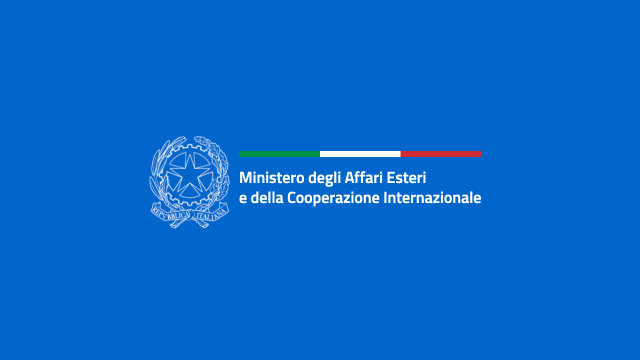Trade fairs are an essential tool for promoting Italian products worldwide. A fact forcefully reasserted by the Undersecretary for Foreign Affairs, Ivan Scalfarotto.
Mr. Undersecretary, does the 2020 budget provide for any support to the trade fair sector?
«We have extended the tax incentives scheme allowing businesses to attend international trade shows abroad. Under the scheme, SMEs will benefit from a tax credit on 30% of the costs incurred, up to 60 thousand euros. A necessary measure, although insufficient, in itself, to stop and reverse the decline in the number of exporting businesses in recent years. Furthermore, SMEs can also apply for subsidised loans, out of the 394/81 Fund, which covers the full forecasted expenses, up to a maximum of 100 thousand euros, half of which is paid out in advance. An excellent opportunity, especially for smaller businesses».
Will there be sufficient resources for attending trade shows in Italy as well?
«Thanks to the meeting, last December, of the coordination body set up to promote business internationalisation, we have singled out a set of tools for increasing the participation of foreign buyers in the major Italian trade shows. This year, in fact, also thanks to the great work by the Ice, and the commitment of the Italian trade fair network, we aim to attract 5,200 incoming foreign operators, compared to 4,400 in 2019».
Is there a list of the trade shows where the bonus can be used?
«Not yet. A list will be forthcoming after the enforcement rules have been issued, which we are currently working at, also thanks to the precious contribution of the network of embassies, consulates and Ice offices, to identify the most significant events for our businesses during 2020».
About global exports of Italian products, which are the most promising Countries where Italian countries are looking to expand abroad?
«There are so many opportunities out there, although I believe the government should engage in a two-pronged policy, focusing on trade, by supporting the international agreements that can be beneficial for our country’s industry, like Canada, where I recently completed a mission and the value of Italian exports to which has increased by 438 million euros, in all sectors, thanks to the CETA agreement, along with the EPAs, thanks to which our exports to Japan grew by 19.7% in 2019; and promotion, to identify the key markets for developing Italian exports. The foreign trade figures published by Istat point to both EU member Countries (although Germany and France consistently top the list of export markets), and non-EU Countries, where growth margins are up and exports total 210 billion. Markets for future development include India and China, while the United States remain an absolutely strategic export market, among the non-EU member Countries, with exports totalling 42 billion. I recently visited Washington to reassert the conviction that any new trade tariffs would damage US, as well as European, businesses and consumers, and that the only way to mutually reap the benefits from international trade is through fair accords».
There is often talk of the need to establish partnerships between trade fairs. In your opinion, is the Italian system viable, or is there a need for more alliances in the sector?
«There should be an enhanced degree of networking in the trade show sector. We need to spread the idea that competition should not be between local fairs, but on the international markets».
How can trade fairs effectively support the internationalisation of the Italian industrial system?
«First and foremost, we need to acknowledge that, as a people, we Italians have a flair for business, the crafts, industry, and that the rest of the world is willing to work and trade with us. For a country like ours, ranking seventh in the world for exports and fifth for trade balance, looking outwards and opening our markets is essential. Yet when we look at out production structure, made up of many small and medium enterprises, we realise that our businesses come up against many barriers when trying to access foreign markets, beginning with the initial contact with foreign buyers, which, in many cases, is possible only by participating in trade shows and thanks to the support provided by the Ice. The signs coming from the business world, in fact, tell us for example that, in the case of enterprises with a growing share of their turnover from foreign operations, trade fairs are an absolute driver for internationalisation, a showcase for bringing together entrepreneurs and international buyers. Trade fairs are places for mutual exchange, not just with regard to trade, but for innovation and development as well».

